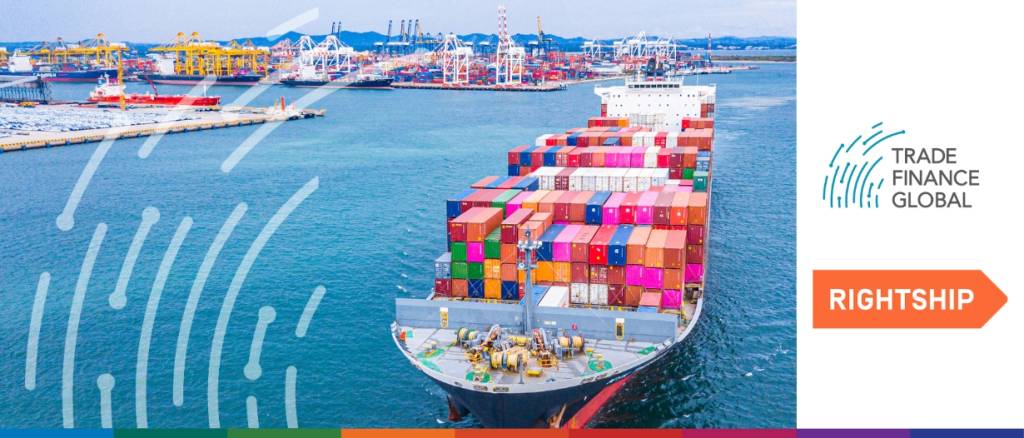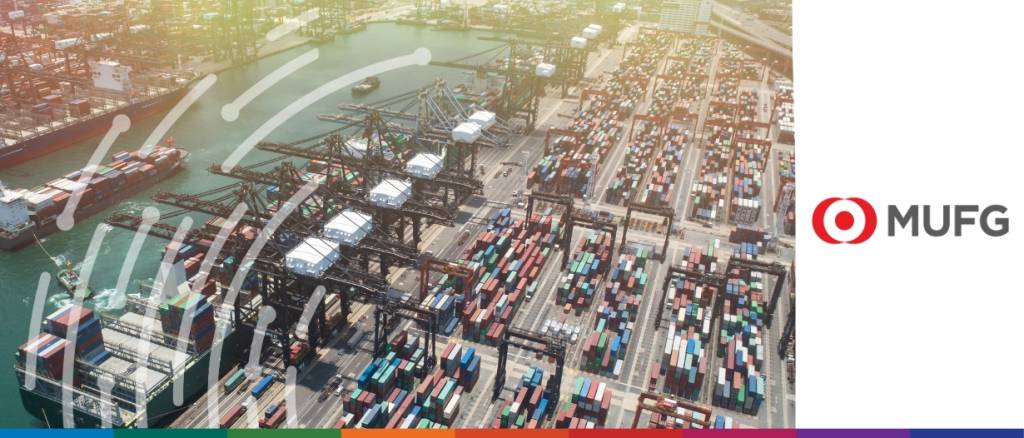ADB’s flagship Trade Finance Gaps Survey returns for its eighth edition, confirming expectations that the global trade finance gap – unmet demand for trade financing – has worsened, reaching $2.5 trillion, an increase of 47% since the last stock-taking which pegged the gap at $1.7 trillion in 2020.
Sarah Murrow, CEO of Allianz Trade UK & Ireland, explains how trade credit insurance can help UK companies grow export revenues safely at a time of heightened credit risk.
Today, many exporters – large, medium, and small — struggle to secure the financing they need to compete internationally. Often, companies find themselves in a position where private financing alone is not an option.
In the wake of the pandemic, the global economy has seen a confluence of challenges, including geopolitical risks, interest rate changes, and commodity price fluctuations.
From payments, credit and lending, to trade and supply chain finance, the entire financial services industry is being disrupted. Regulatory requirements, industry standards and the environmental, social, and governance (ESG) agenda have accelerated.
Since B2B can attract the most money, the focus quickly turned to helping the corporate treasurer, the SME, and the B2B space.
90% of world trade – from bulk raw commodities to breakbulk and finished goods – is moved on approximately 60,000 trading ships, crewed by about 1.5 million seafarers. To most traders, the potential risks associated with any one of these vessels is an unknown.
While a growing portion of the industry starts to seize the opportunities of measuring and managing emissions, many commodity traders still hesitate. Why undertake the complex process of carbon accounting, if it’s hard, if it’s not a legal requirement, and if it only draws attention to their high-carbon products rather than their competitors?
Over the past several months, corporates have increasingly been asking for details on a bank’s distribution capabilities when deciding which financial firm to work with.
Surety carriers have a unique opportunity to support the green transition, grow emerging industries, and promote sustainable financing practices. However, challenges must be addressed.
























